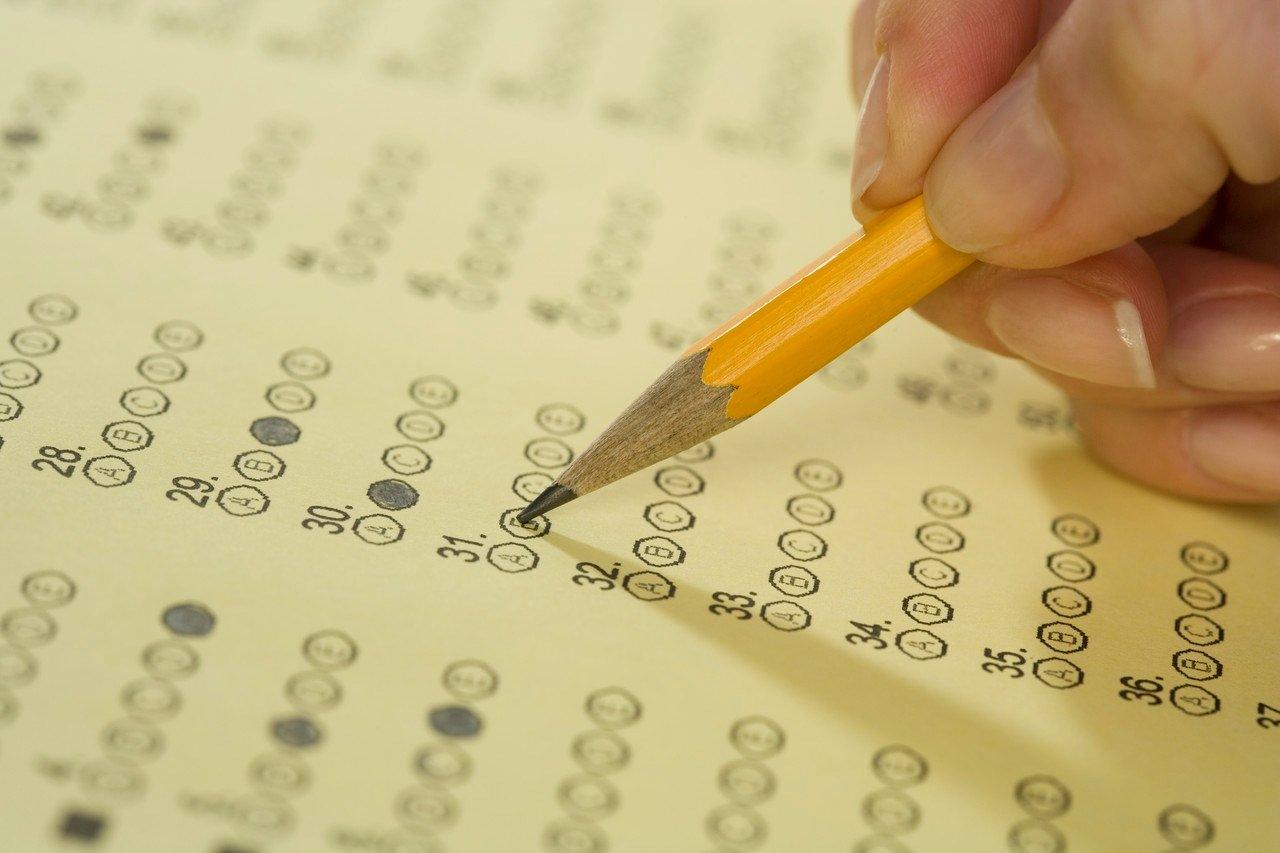Today I’d like to share a lesson with you. It’s a lesson structure more than a lesson plan, as it is easily adaptable to many exams — I used it with all the Cambridge suite, but I’m sure you can adapt it with IELTS or TOEFL too. I generally use it as first lesson for exam preparation groups, but I have sometimes been able to adapt it for one-to-one students too.
The lesson usually takes about 90 minutes, but you can adapt it to make it shorter or longer depending on your students needs and time constraints.
Warm-up
At the beginning of the lesson I generally ask learners what experience or information they already have about the exam they are preparing, or with any other language proficiency exam.
I generally ask students to discuss this in pairs or small groups, and then ask them to share what they discussed with the rest of the class.
Pre-reading task
I then divide the class into as many groups as the papers of the exam. This generally means four groups: Reading and Use of English, Writing, Listening, and Speaking. I then ask the to think about any questions they have about the exam. If they are stuck, I elicit some ideas with the whole class and put some key words on the board (e.g. timing, marking system, type of tasks, grammar…).
Depending on the age and maturity of the group, I might set a number of questions they have to ask (generally 5-6) or just leave it open for them to decide.
Jigsaw reading and discussion
I then assign to each group one part of the exam and give them either the exam handbook and the page with information about their assigned part, or a handout with information taken from the Cambridge website.
I ask each group to read the information and select whet they think is most important to communicate to their classmates. They can decide to include as many or as few details as they want, but they have to keep in mind that if they are not precise enough, the other groups might ask them questions.
I then ask the students to prepare a presentation about their part of the exam, in which each member of the group must speak an equal amount of time.
Spoken presentation
I pair up the groups and make them give their presentation to the other three groups. Here you could decide to have each group to come in front of the class to do their presentation, but I prefer pairing up the groups. It gives students more talking time, and repeating the same presentation three times is a great exercise for their fluency.
During this stage I might decide to encourage learners to take notes, or leave it up to them, teaching them a lesson later on on the importance of taking notes! I also encourage the groups that are listening to check the other group’s presentation against the questions the wrote earlier. If the presenting group doesn’t answer all their questions, they can then ask them for more details.
Consolidation quiz
In this last phase, I ask each group to create 5-6 questions about the information they presented to the other groups. I specify that some questions should be more general (how many parts are in the Speaking Paper?), while others should be more specific (what kind of text do we listen to in Listening part 3?).
We then play a quiz game, where each group asks the others question about their presentation, and the groups answering get a point for each correct answer. You can set this up as you wish, I generally make it into a board race or a more traditional pub-style quiz.
This rewards the students who took notes during the previous stage, and also helps consolidate the information. I generally get more questions here than in then previous stage, as asking for the correct information get students really thinking about the exam and its parts.
I like to use this lesson because:
- it’s varied: it includes reading, speaking, question formation as well as a playful component;
- it’s student-centred: I don’t give them the information, they find it our by themselves!
- it gets students speaking, which is always a good thing, especially for middle or high school students here who are not used to using English as a means to communicate.
If you use any of these activities in your exam preparation courses, or if you’d like to comment on any of them, please reply on the comments below. Thank you!

I like this. It can be good to get learners to make example questions, too.
Thanks! If you ever try it, let me know how it goes and how you adjusted it. 🙂
Of course I shall! Probably next time I teach IELTS or TOEIC.